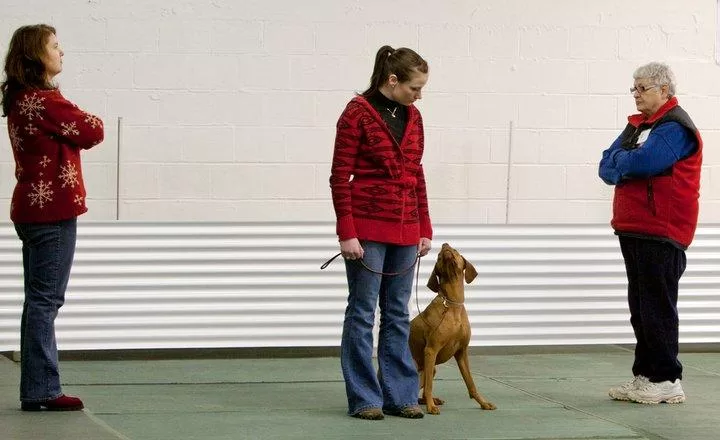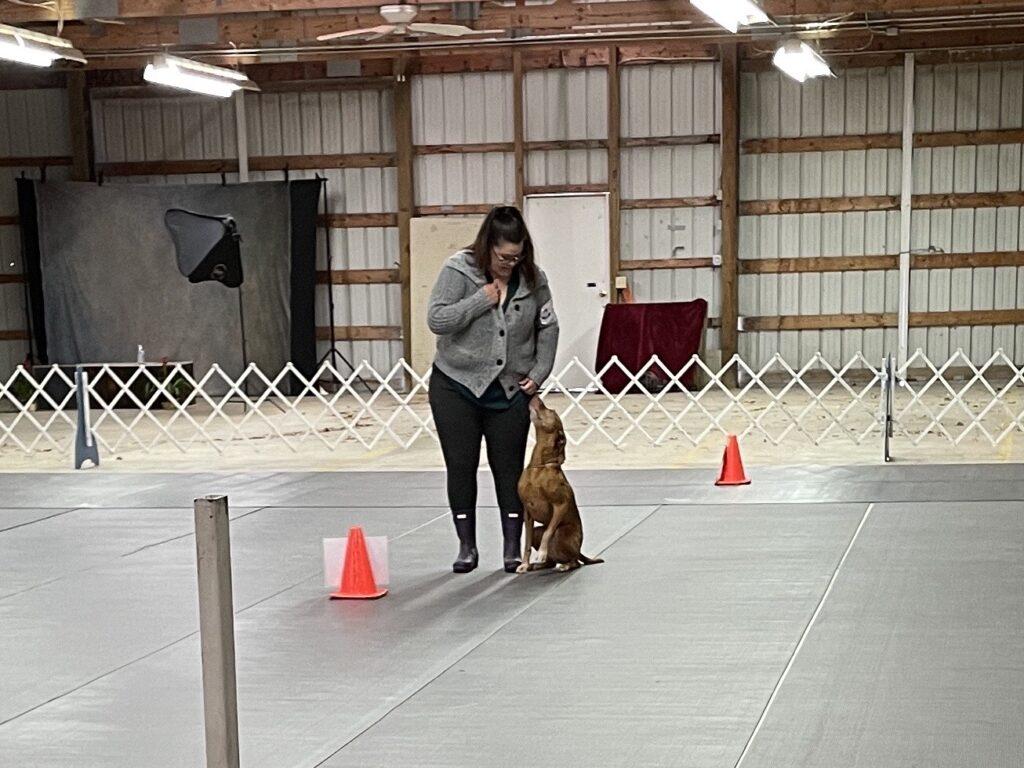What is an Obedience Trial?
Adapted from: www.akc.org
Obedience trials demonstrate the dog’s ability to follow specified routines in the obedience ring and emphasize the usefulness of the dog as a companion to humankind. The objective of obedience trials is to recognize dogs that have been trained to behave in the home, in public places, and in the presence of other dogs in a manner that will reflect credit on the sport of obedience at all times and under all conditions.
Dog and handler teams are judged on how closely they match the judge’s mental picture of a theoretically perfect performance as they execute a series of specified exercises. Accuracy and precision is vital, but the natural movement of the handler and the willingness and enjoyment of the dog are essential for a winning performance.
Helen Whitehouse Walker devised the first obedience “test” in Mt. Kisco, New York in 1933 to show the intelligence of her poodles. The first AKC licensed obedience trial was held in 1936. In this first year there were 18 trials with approximately 200 entries.
Each level of obedience competition – Novice, Open, and Utility – requires mastering a specific skill set, which increase in difficulty, before advancing to the next level.
- The Novice class demonstrates good canine companion skills such as heeling, both with and without a leash, coming when called, standing for a simple physical examination, and staying in both a sit and a down position with a group of dogs.
- The Open class is more challenging as more exercises are done off leash and retrieving and jumping challenges are added.
- The Utility class, which includes scent discrimination, directed retrieves, jumping and silent signal exercises, is the most challenging class.
What is a RallyTrial?
Adapted from: www.akc.org
AKC Rally® is all about teamwork. You and your dog navigate a course together, side-by-side, at your own brisk pace. You move him through a course with signs where he performs different exercises. The courses are designed by the Rally judge (10-20 signs per course, depending on the class level) that include various turns and commands such as sit, down, stay, etc.
Unlimited communication from the handler to the dog is to be encouraged and not penalized. While touching isn’t allowed, you can use verbal commands, clap your hands, pat your legs and use hand signals to praise and encourage your dog.
Scoring in Rally is less rigorous than in other competitions like traditional obedience or agility. You begin with a perfect score of 100, with points deducted along with way. If you retain a score of at least 70 points, you will qualify toward earning a title. As you qualify the required number of times, you will move onto the next level.
There are five levels of Classes in AKC Rally.
The Novice is for those just getting started. All exercises are performed with your dog on leash. You may talk, clap your hands and/or pat your legs to encourage your dog.
Intermediate & Advanced is the second level with more challenging exercises. All exercises are performed on-leash in the Intermediate level and there is no jump required. All exercises are performed off-leash in the Advanced level and there is one jump required.
Excellent is the next level of competition. The course is similar to the Advanced level, but with some more challenging exercises. All exercises are performed off-leash. Handlers are not allowed to pat their legs or clap their hands to encourage the dog.
Master is the highest level of competition. The course is similar to the Excellent level, but with some more challenging exercises. All exercises are performed off-leash. Handlers are not allowed to pat their legs or clap their hands to encourage the dog.


